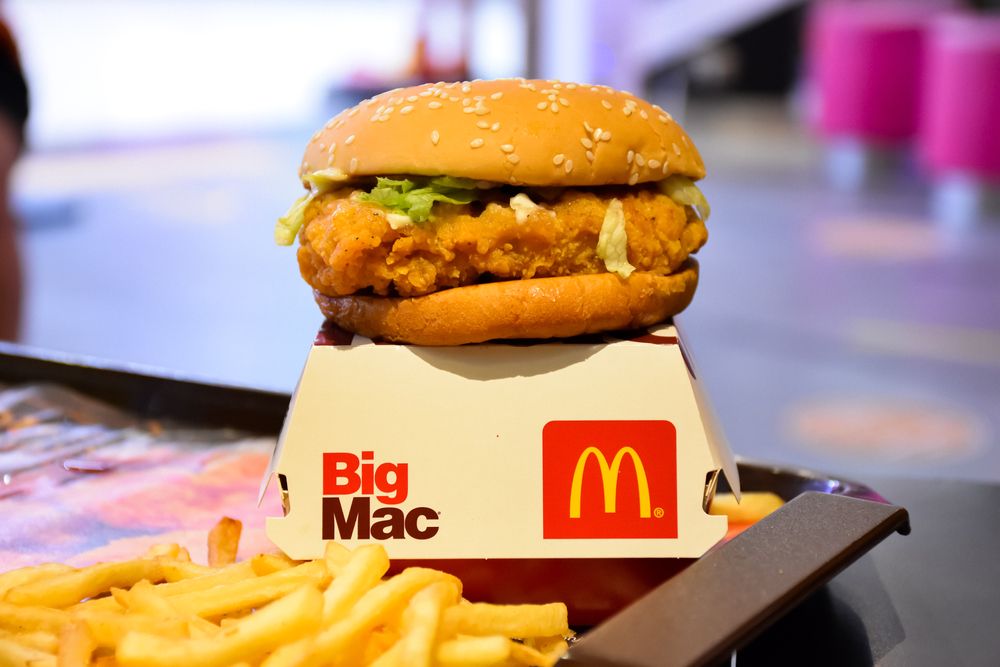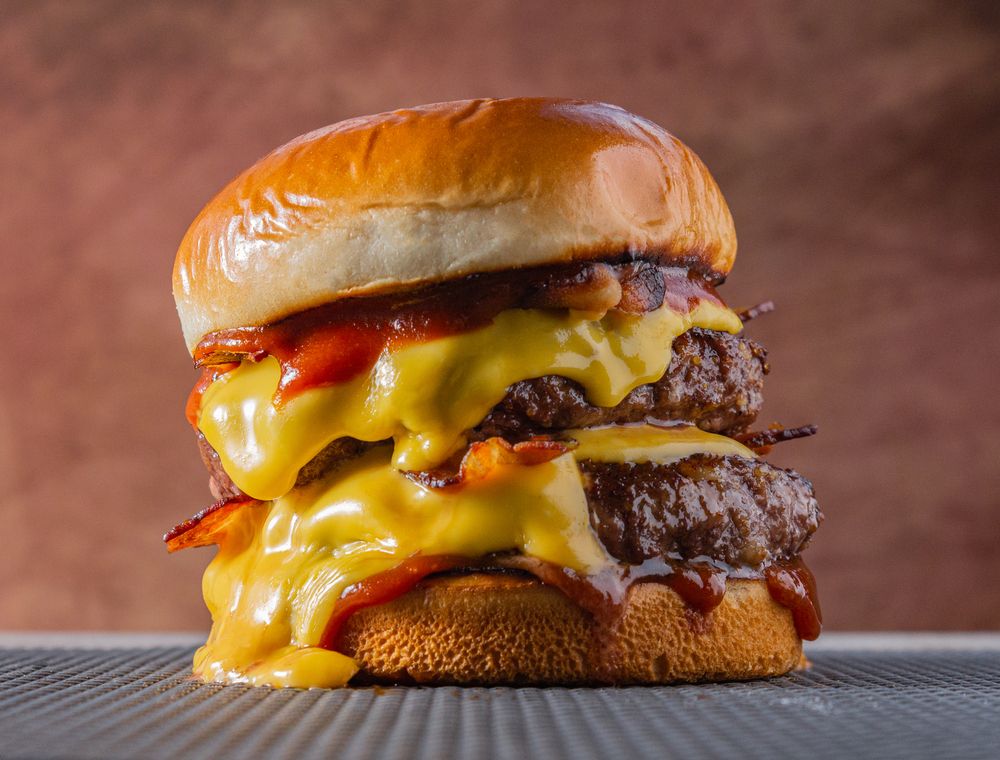
If your goal is to reduce stomach fat, it’s important to understand that there’s no quick fix for targeting belly fat specifically. Achieving healthy, sustainable belly fat loss requires a holistic approach that takes into account exercise, stress management, alcohol consumption, and overall lifestyle habits. When it comes to diet, avoiding or limiting certain foods that contribute to belly fat is a crucial step toward reaching your goals.
Foods that promote belly fat are often high in added sugars and trans fats, such as fast food, packaged baked goods, and candy. Making mindful dietary choices can make a significant difference in your progress.
"Research published in the journal Obesity Reviews found that consuming excessive calories and hyper-palatable foods—those that are highly processed and intensely flavorful—can significantly increase the likelihood of excess abdominal fat," says Noah Quezada, RDN. "The study suggests that these foods may play a larger role in abdominal obesity than any other factor."
Keep reading to learn about the worst foods for belly fat, as highlighted by dietitians and research. For more healthy eating advice, check out 8 Best Vegetables To Shrink Belly Fat.
Processed Meats
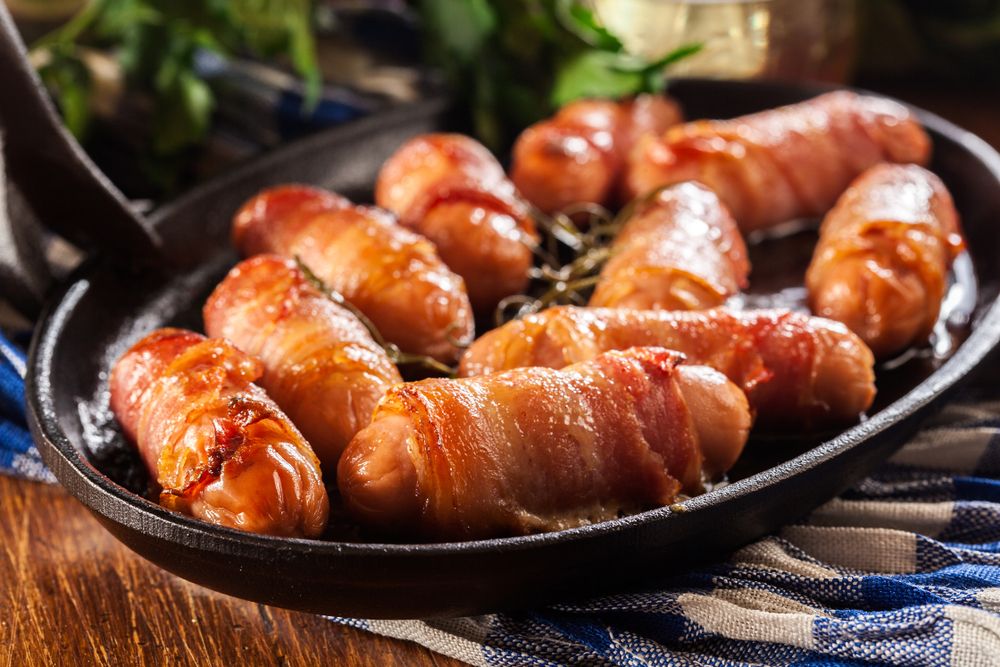
Research increasingly highlights the health drawbacks of processed meats like pepperoni, sausage, deli meats, and bacon.
Not only do these foods raise the risk of colorectal cancer, but they’re also linked to increased abdominal fat. Studies show that diets low in processed meats and other highly processed foods—and rich in fruits and dairy—can help prevent the buildup of belly fat.
The takeaway? An occasional slice of pepperoni pizza on a Friday night is perfectly fine, but if your goal is to lose belly fat, consider limiting how often it makes an appearance in your diet.
White Bread
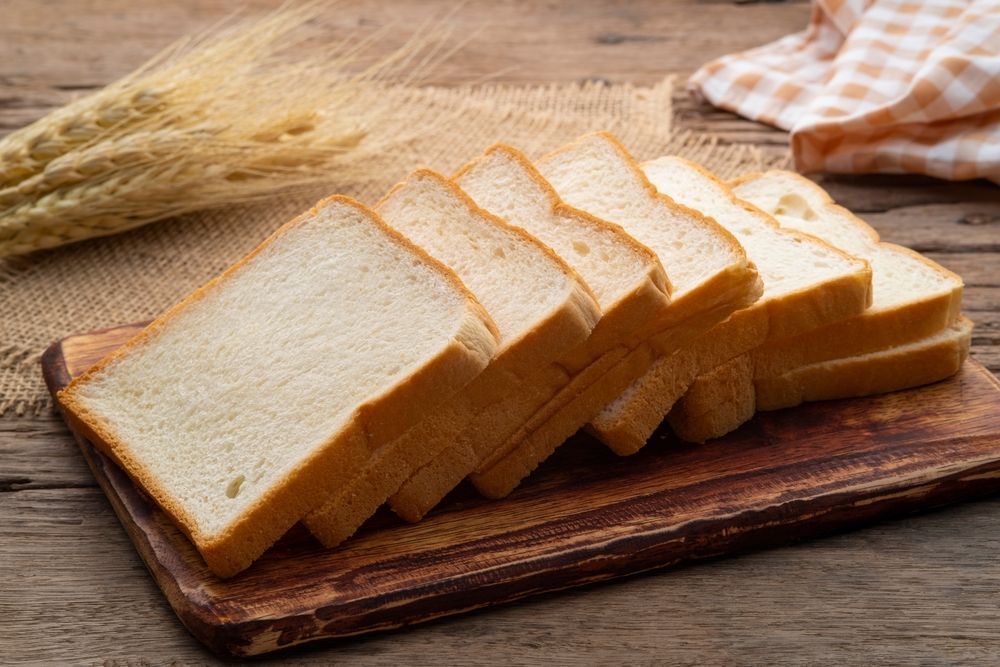
White and refined breads lack the fiber and nutrients found in whole-grain options, but the downsides of refined grains go beyond that. A large study of over 2,800 adults revealed that higher consumption of refined grains, such as those in white bread, is linked to increased visceral fat—commonly known as belly fat.
To support your weight loss goals, choose whole wheat bread whenever possible. The higher fiber and nutrient content can help you stay fuller longer, making it easier to manage your appetite and reduce overall calorie intake.
Candy

This one shouldn’t come as a shock: to reduce belly fat, steer clear of the candy bowl! Loaded with un-filling simple carbs, sugary treats like fruity or chocolate candies make it easy to overindulge.
"These foods may contribute to belly fat accumulation if eaten in excess and not used as energy," explains Lauren Manaker, MS, RDN. "Carbs are primarily an energy source, but when unused, they’re stored as fat—potentially in the belly area."
Candy’s impact on abdominal fat is amplified by its high levels of added sugars and lack of fiber or protein. This combination means you’re consuming empty calories that don’t keep you full. Research has also linked excess added sugar intake to increased belly fat, making candy a treat best enjoyed in moderation.
Some Bottled Salad Dressings
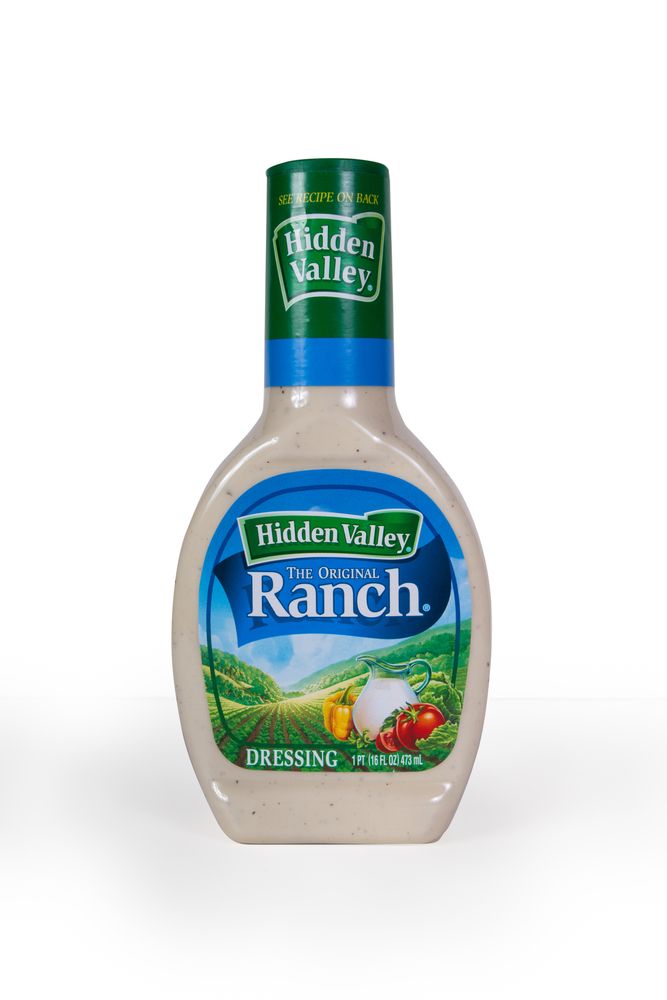
If you’re eating plenty of salads during the week but still struggling with weight gain, the culprit might be your salad dressing.
"Not all salad dressings are healthy. Many can significantly increase the calorie and fat content of your salad without you even realizing it, potentially leading to abdominal weight gain and hindering weight loss efforts," explains Trista Best, MPH, RD, LD, of Balance One Supplements.
Harvard Health suggests that replacing saturated and trans fats with polyunsaturated fats as part of a balanced diet can help reduce abdominal fat. However, many bottled salad dressings are loaded with saturated and trans fats. Opting for polyunsaturated fat-based dressings, like olive oil, can make a big difference.
"When choosing a salad dressing, go for options like vinegar, balsamic, or even a squeeze of lemon for flavor," adds Best. These lighter alternatives enhance your salad without the extra calories and unhealthy fats.
Meal Replacement Bars
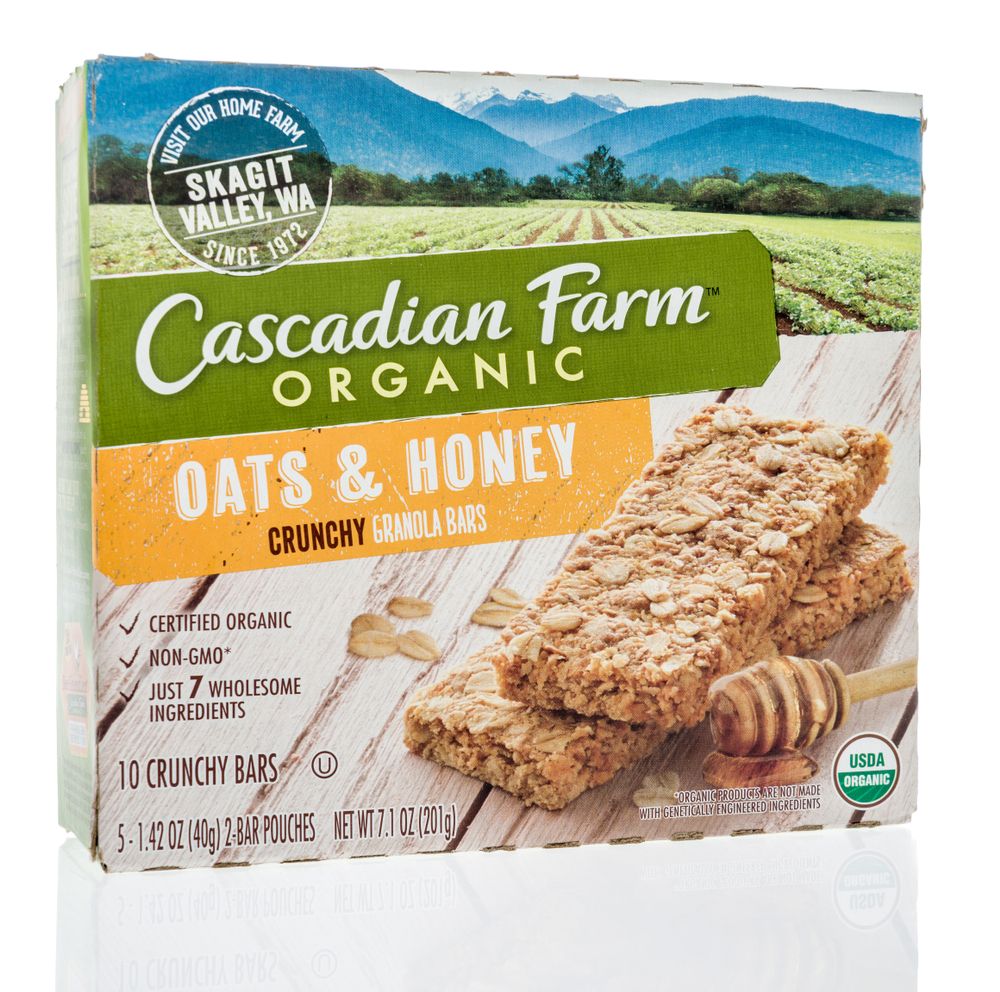
While marketed as "healthy," meal-replacement bars are often heavily processed, packed with added sugars, and can leave you feeling hungrier than before.
"These bars can complement a weight loss diet if chosen carefully, but when nutrient quality is overlooked, they may actually contribute to abdominal weight gain," explains Trista Best, MPH, RD, LD, of Balance One Supplements. "Processed meal-replacement bars are frequently high in calories, fats, sodium, added sugar, and refined carbohydrates. Any one of these factors can promote abdominal weight gain, but most bars combine all of these characteristics."
Another downside of relying on these bars as meal replacements is their potential lack of fiber. Every meal is an opportunity to include fiber—a nutrient that supports digestion and helps reduce abdominal fat. Many meal-replacement bars fall short in this department, causing you to miss out on a critical component of a balanced diet.
Ice Cream
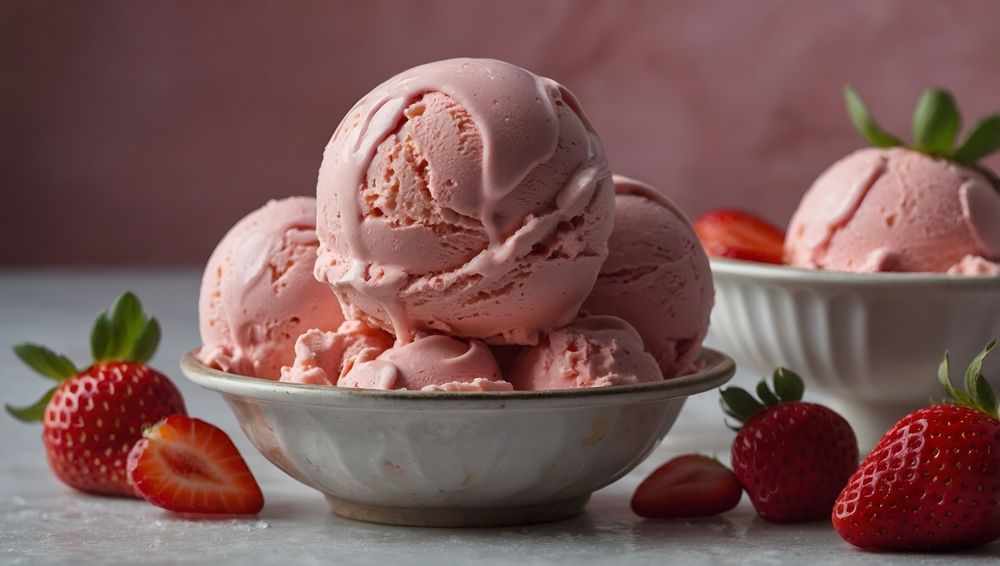
As much as we might love it, regularly indulging in ice cream can contribute to unwanted weight gain around the abdominal area.
"Ice cream is a food that can lead to belly fat accumulation because it's packed with sugar and saturated fat, and it’s very easy to overeat," explains Noah Quezada, RDN.
Research consistently links high added sugar intake to increased abdominal fat, making ice cream a potential culprit. Fortunately, many lower-sugar ice cream options are now available at the store, offering a satisfying alternative to traditional varieties.
Sugary Breakfast Cereal
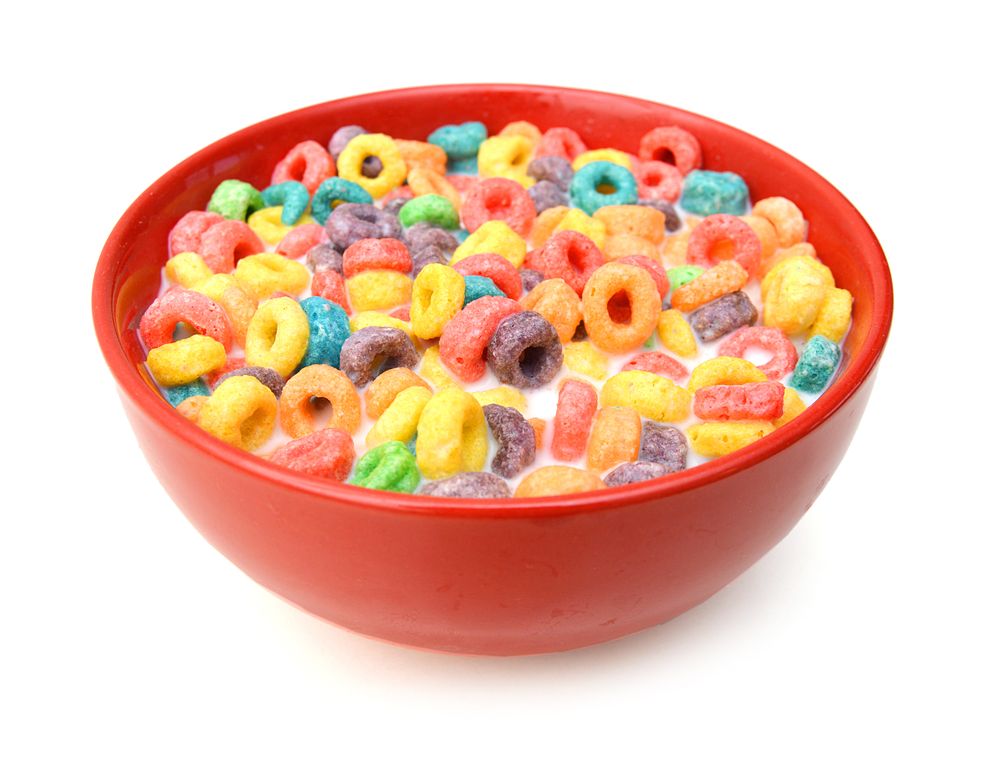
Kicking off your morning with a bowl of sugary breakfast cereal may taste great, but it could be contributing to abdominal fat.
Cereals high in added sugars are linked to belly fat, as excessive sugar consumption is associated with increased fat around the stomach. Beyond the sugar content, these cereals often lack protein and fiber—key nutrients that promote satiety and help you feel full.
Without these nutrients, you’re more likely to experience hunger soon after eating, leading to increased calorie intake or more frequent snacking throughout the morning. Opting for a cereal with less sugar and more fiber and protein can make a healthier, more satisfying start to your day.
Packaged Pastries

Packaged pastries like danishes, muffins, and donuts may be delicious and convenient, but they’re often loaded with trans fats and added sugars.
Research has shown that consuming baked goods high in trans fats can lead to increased body fat and waist circumference, particularly in postmenopausal women who are already overweight.
To reduce your intake of trans fats, consider making homemade pastries when you have the time. You can even freeze them for quick and healthier options on busy mornings. This way, you enjoy the treat without the hidden downsides of processed alternatives.
Fried Fast Foods
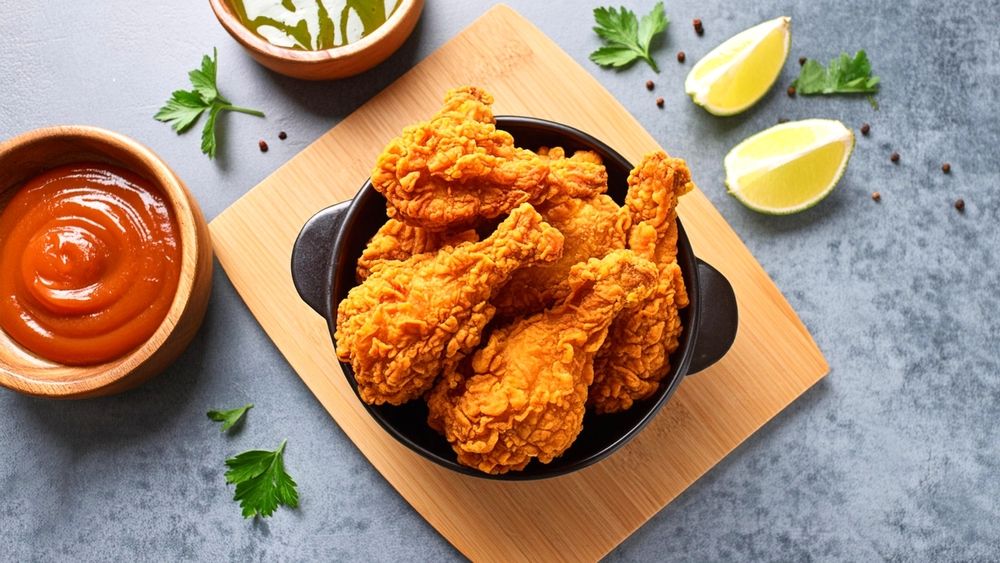
Fried fast-food options are another major source of trans fats, and regular consumption can contribute to increased abdominal fat.
Research indicates that corn oil, commonly used in fast-food frying as of 2010, contains higher levels of trans fats than other vegetable oils. French fries and similar items often rely on this oil, making them particularly problematic.
Fast food falls into the category of "ultra-processed foods," which studies have linked to increased visceral fat—the type of fat that surrounds your abdominal organs. Additionally, a study published in the Journal of Preventive Medicine and Hygiene concluded that frequent fast-food consumption is associated with a greater risk of abdominal obesity. Reducing intake of these foods can significantly benefit your health and waistline.

